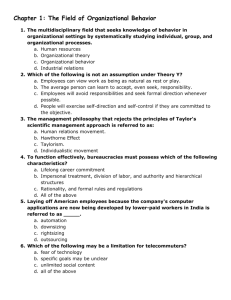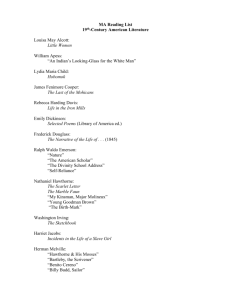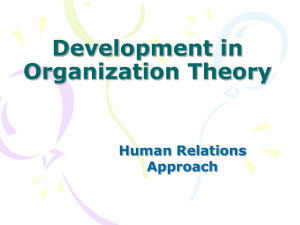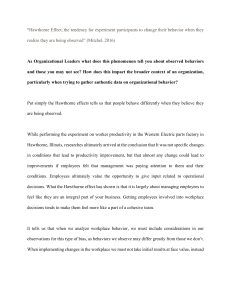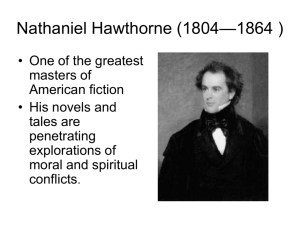The Hawthorne studies and human relations
advertisement
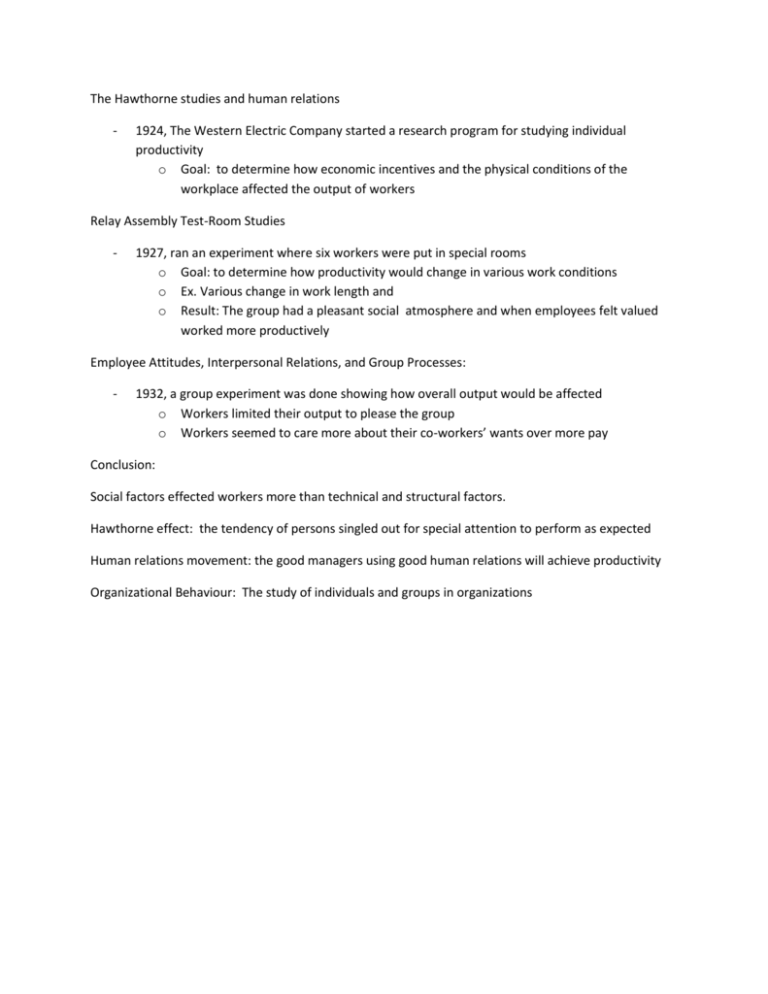
The Hawthorne studies and human relations - 1924, The Western Electric Company started a research program for studying individual productivity o Goal: to determine how economic incentives and the physical conditions of the workplace affected the output of workers Relay Assembly Test-Room Studies - 1927, ran an experiment where six workers were put in special rooms o Goal: to determine how productivity would change in various work conditions o Ex. Various change in work length and o Result: The group had a pleasant social atmosphere and when employees felt valued worked more productively Employee Attitudes, Interpersonal Relations, and Group Processes: - 1932, a group experiment was done showing how overall output would be affected o Workers limited their output to please the group o Workers seemed to care more about their co-workers’ wants over more pay Conclusion: Social factors effected workers more than technical and structural factors. Hawthorne effect: the tendency of persons singled out for special attention to perform as expected Human relations movement: the good managers using good human relations will achieve productivity Organizational Behaviour: The study of individuals and groups in organizations

